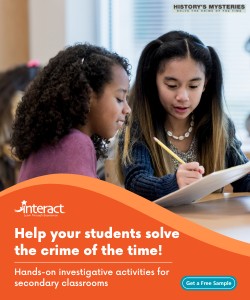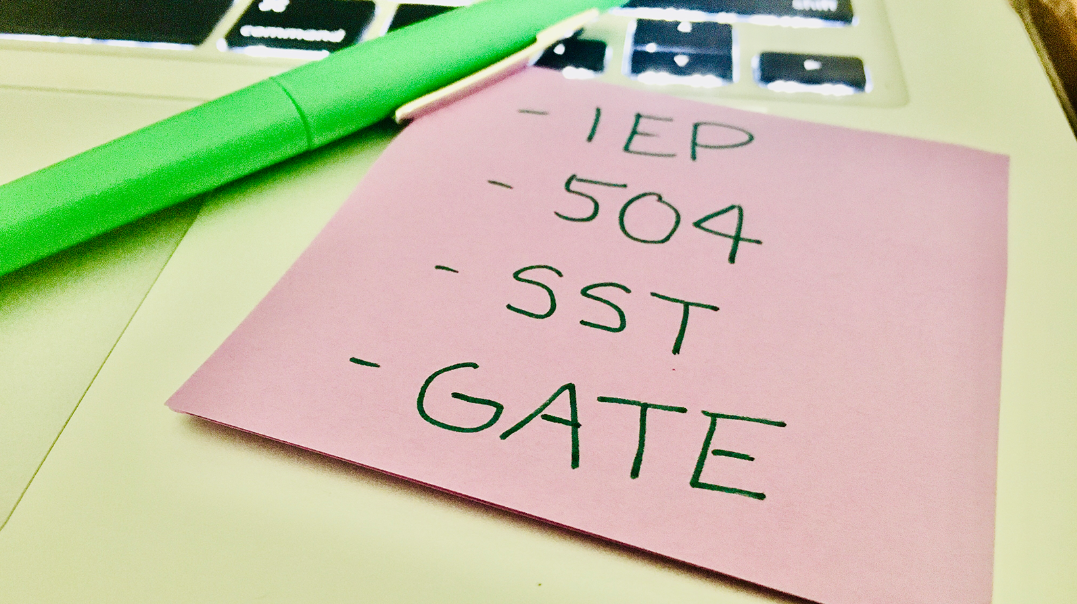

There are hundreds of acronyms and shortened words that teachers, administrators, and school support staff use on a daily basis. Everything from descriptors for assessments and curriculum, to individual departments, and to educational legislation are referred to as acronyms. First year educators, let alone parents, have a hard enough time remembering our comprehensive educational language! Go beyond the acronyms everyone knows, like SAT and GPA, to learn additional terms that are relevant and meaningful in school culture today.
Here’s a quick and easy guide to interpreting some of the most commonly used educational acronyms:
Stands for: English-Language Arts
ELA is generally used in elementary schools to describe varieties of English curricula, but the acronym can also be used throughout K-12 to describe specific state standards that are integrated into subjects like history, social studies, literature, and technology.
Stands for: English Language Learner
Sometimes also shortened to “EL” for English learner, these students generally do not speak English at home and are learning English at school. Teachers often use multilingual resources and activities so these students develop the necessary language skills to succeed in the K-12 setting.
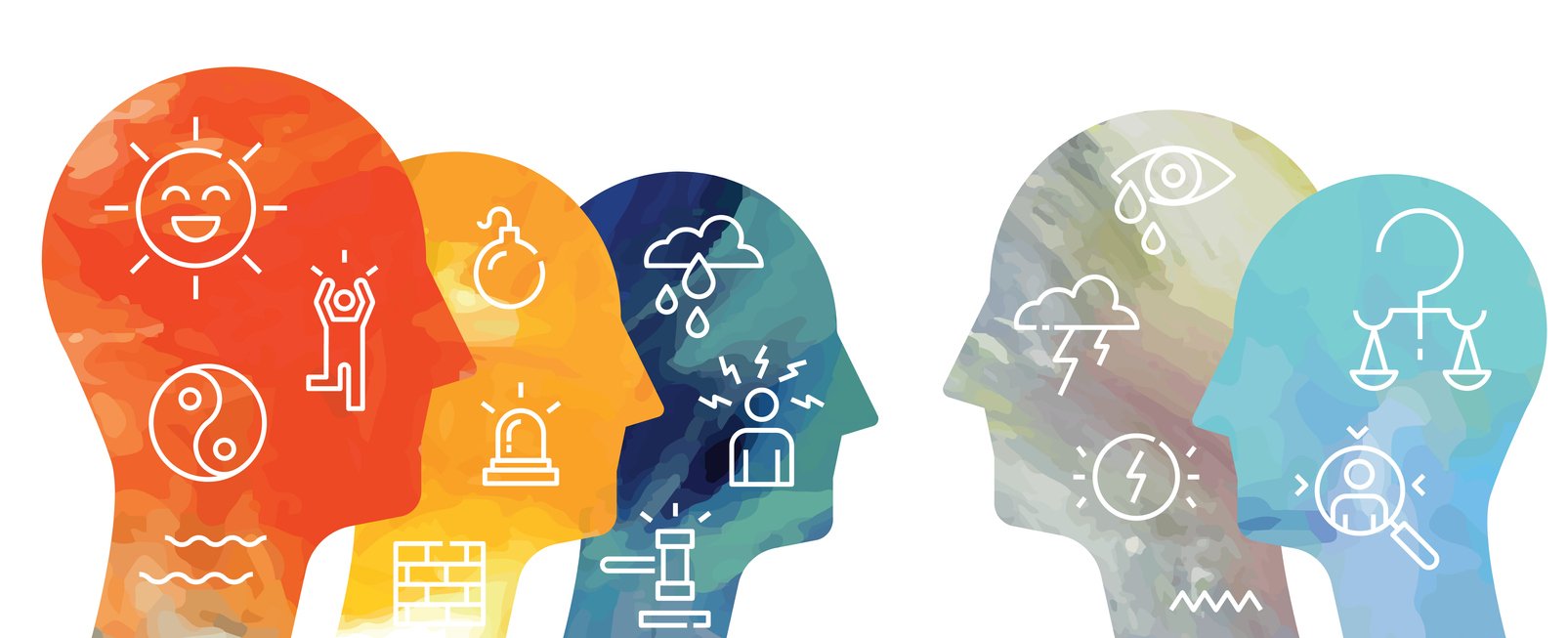
Stands for: Social and Emotional Learning
Social and emotional learning is the process through which children understand and manage emotions, set and achieve positive goals, feel and show empathy for others, establish and maintain positive relationships, and make responsible decisions. In schools, SEL is a systematic, academic approach to teaching social and emotional intelligence, in which students acquire the knowledge and practice developing these skills.
Stands for: Special Education (department)
As an educational department, special education encompasses a wide array of exceptional children, including students who score high on IQ assessments (see GATE below) or have disabilities. SPED practices involve individually planned and systematically monitored teaching procedures, adapted equipment and materials, and accessible settings for students to succeed in school.
Stands for: Curriculum-Based Assessment
Also called curriculum-based measurement (CBM), CBA is any form of assessment based on the curriculum that a child is mastering. These assessments are generally evidence-based practices that give teachers data to measure whether the child is meeting appropriate benchmarks for the given curriculum. CBA is a helpful tool for educators making recommendations for students who are falling behind.
Stands for: Response-to-Intervention
RTI is a comprehensive problem-solving process in which school teams use data to assess students’ individual needs and provide interventions to support students who are struggling. CBA is often a classroom intervention tool that works within the RTI framework.
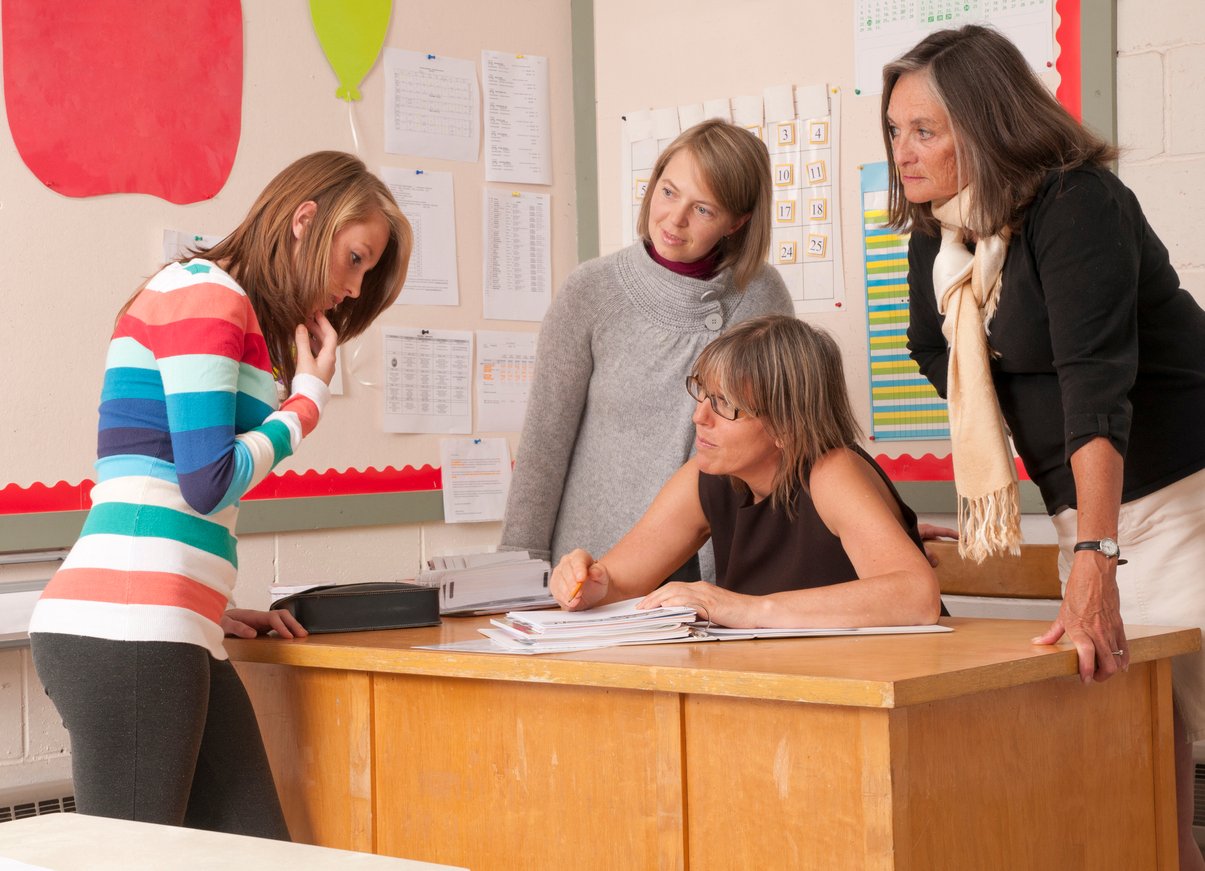
Stands for: Student Study Team
A Student Study Team, also termed Student Services Team, Child Study Team (CST), or Instructional Support Team (IST), are designated meetings involving school staff that focus on addressing student needs, including discussing interventions and making decisions about how to address curriculum support. An SST is usually the first step to further assessing students for special education and making initial recommendations for placing a student on a 504 or IEP.
Stands for: Socioeconomic status
Socioeconomic status encompasses not just income, but also educational attainment, financial security, and subjective perceptions of status and class. SES can also relate to student quality of life as well as the opportunities and privileges afforded to people within society. When thinking about bridging “the achievement gap” and providing equity in schools, SES is one major factor educators must consider.
Stands for: Individualized Education Plan (or Program)
An individualized education plan (or program, depending on the state) is a document that outlines what services a student in special education needs to succeed. Overseen by a team of administrators, teachers, and student support staff, the document outlines any specific needs, additional accommodations, and overall educational goals to implement for that student to learn effectively in the public school setting. Every IEP is specially curated to ensure that each student receives the support they need to meet specific benchmarks and their own educational goals.
Stands for: 504 Plan
Similar to an IEP, but used for students who do not need special education services, a 504 Plan is written for a child who has a disability that impacts their access to the curriculum in some way. This could encompass a student who needs wheelchair accessibility, or a P.E. teacher rewriting curriculum modifications for their student who has asthma. The goal of a 504 is to provide the student with accommodations that allow them to fully access the general curriculum and integrate successfully into the school setting.
Stands for: Behavior Intervention Plan
A Behavior Intervention Plan or Behavior Support Plan (BSP) is a document that focuses on changing a student’s behavior that is detrimental to their academic success. Usually through methods of positive reinforcement, these plans can take different forms, either written formally into an IEP, or informally as a behavior contract between a child, parent, and teacher.

Stands for: Gifted and Talented Education
Also known as talented and gifted programs (TAG), GATE encompasses the practices, procedures, and theories used to educate children who have significantly higher than average intellectual ability. While there is no standard definition for a GATE program, normally about 5% of a student population qualifies for the accelerated education, which advances students through the standard curriculum faster than normal.
Stands for: Specific Learning Disability
SLD refers to a disorder in one or more of the basic processes involved in understanding or using spoken or written language. This may manifest itself in an imperfect ability to listen, think, speak, read, write, spell or perform mathematical calculations. In order for students with a SLD to qualify for an IEP, it must be assessed and identified according to Federal guidelines.
Stands for: Resource Specialist Program
RSP is a form of special education available to students with mild to moderate learning disabilities who are having trouble in one or more areas of classroom learning. Often taking the form of a replacement class once per day to help address ongoing learning challenges, all public schools in the United States are required to have RSP services available to students who require them.
Stands for: Every Student Succeeds Act
Passed by President Obama in 2014, this Act was a successor of the No Child Left Behind (NCLB). This amended act shifted a great deal of authority back to the states and local districts so they could decide specific standards, and evaluate teachers, among other items. This evolution included advances to equity through measures to uphold critical protections for disadvantaged and high-need students, and the development of more evidence-based interventions by local leaders and educators.
Stands for: Individuals with Disabilities Education Act
Stemming from an earlier 1975 act, this landmark legislation was passed in 1990 and guarantees the educational rights of students with disabilities. IDEA mandates the provision of special education and related services in public schools across the country to provide support for millions of students. It ensures that all students with disabilities are granted the same educational opportunities as their general education peers.
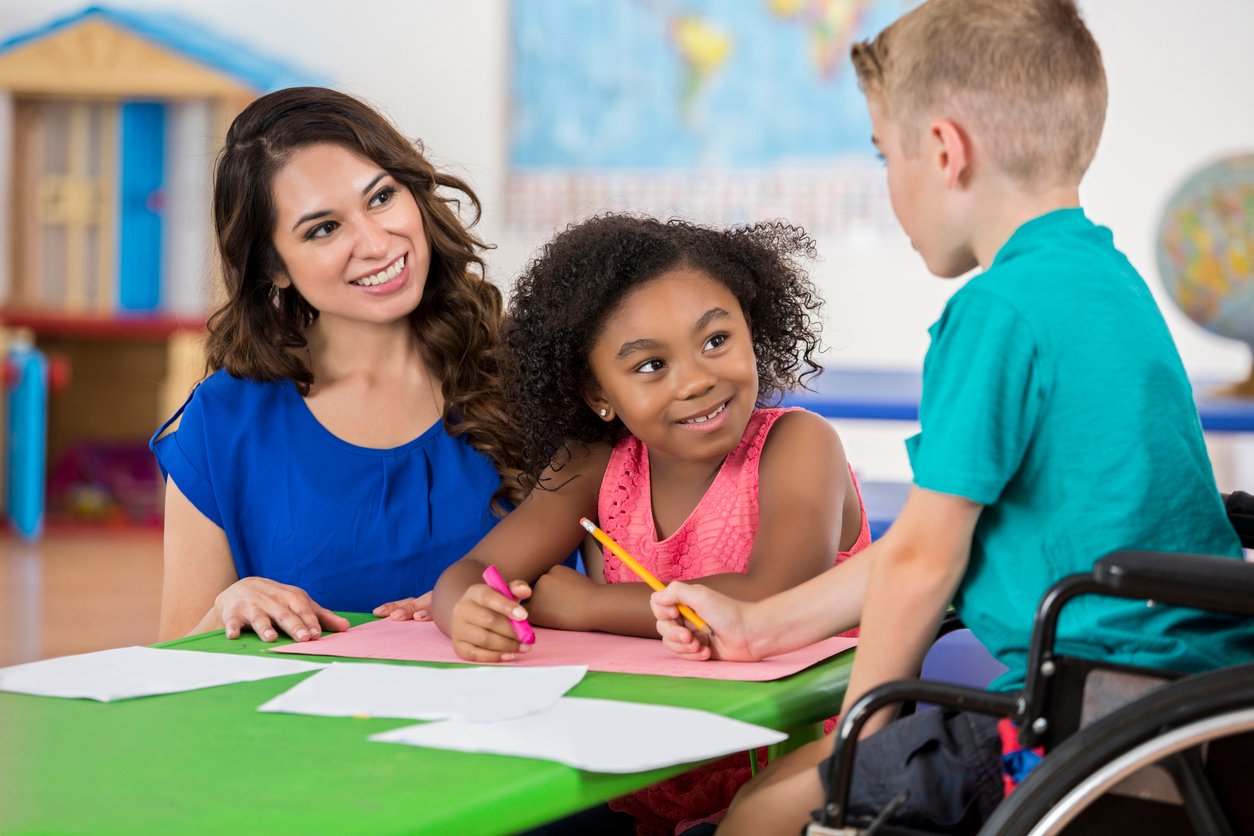
Stands for: Fair and Appropriate Public Education
Under IDEA, this mandates that all students receive a free and appropriate education. This is an educational right for students with disabilities, and means that schools must provide all students an education equal to that of non-disabled peers. This requires all schools to include adapted instruction or other services to ensure all students receive the skills necessary for the future.
Stands for: Least-Restrictive Environment
All students are mandated to receive instruction in the least-restrictive environment. This is defined as an educational environment in which children with disabilities are educated with children who are non-disabled. They should only be placed in a separate academic setting if the severity of their disability is such that education in regular classes with the use of supplementary aids and services cannot be achieved satisfactorily.
Stands for: Federal Educational Rights and Privacy Act
One of the most important federal laws enacted in education, it protects the privacy of each student’s educational records. Schools cannot share student records without prior written consent. There are exceptions (student transfers or legal warrants), but this landmark education act still is key to maintaining student and familial privacy.
Stands for: Positive Behavioral Interventions & Supports
A trending initiative in schools and districts around the country, PBIS have become increasingly popular as school-wide systems that enact a multi-tiered approach to social, emotional and behavioral support. The evidence-based practices help schools implement a foundational and specialized framework to reward positive behavior, which is proven to lead to better student outcomes.
Monet Hendricks is the blog, social media, and meme connoisseur for Social Studies School Service. Passionate about the field of education, she earned her BA from the University of Southern California before deciding to go back to get her master’s degree in Educational Psychology. She currently attends the graduate program at Azusa Pacific University pursuing advanced degrees in School Psychology and Applied Behavior Analysis. Her favorite activities include watching documentaries on mental health and cooking adventurous vegetarian recipes.
Posted in Blog Tagged Professional Learning